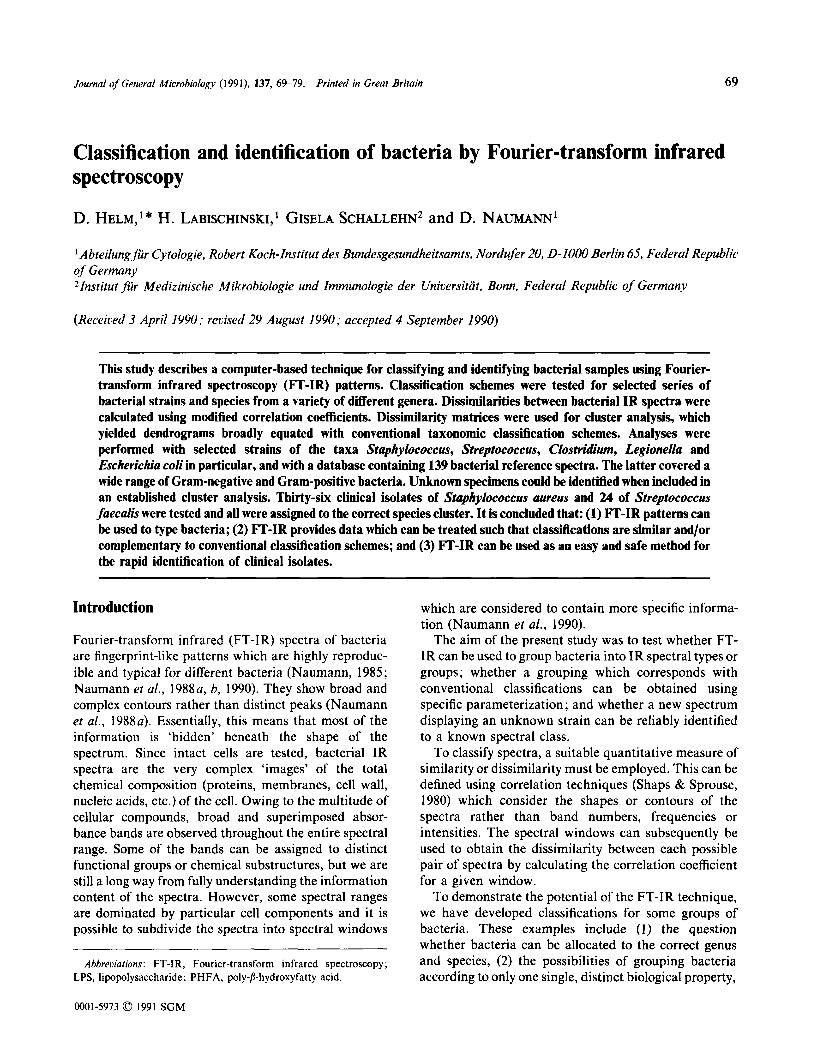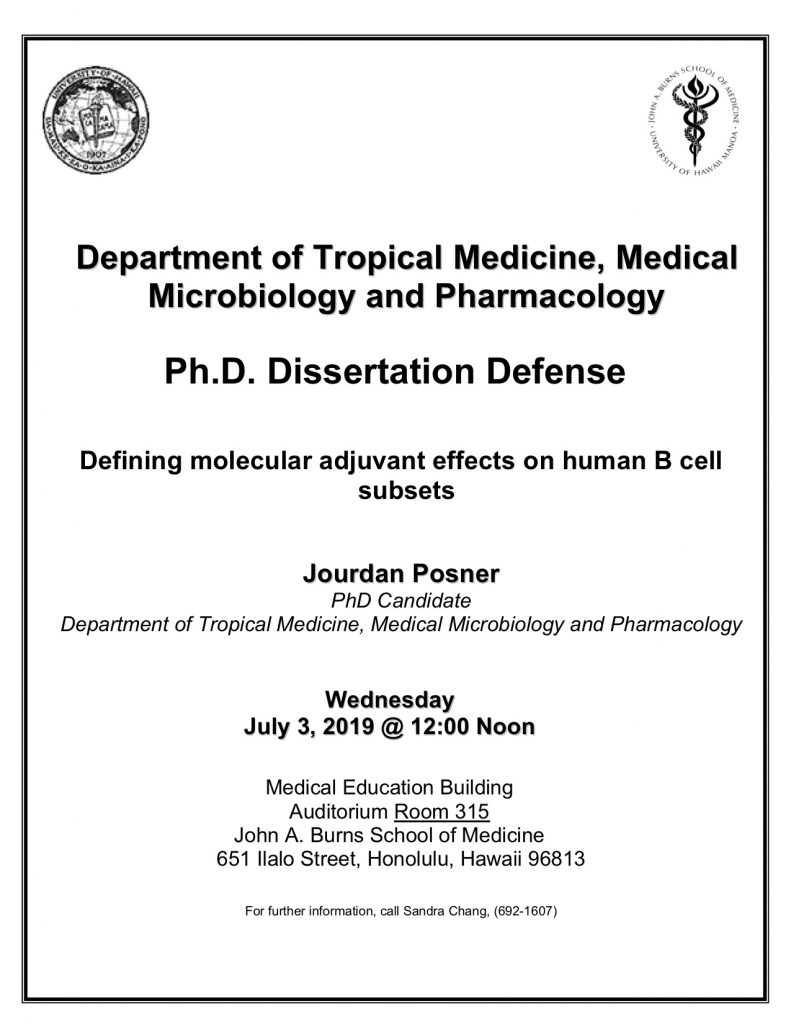Enterococcus faecalis under microscope: microscopy of Gram.
Vancomycin Resistant Enteroccus (VRE) Free Essay Example Introduction. Vancomycin-resistant enterococcus was discovered in 1985.Vancomycin-resistant enterococcus (VRE) is a group of bacterial species of the genus Enterococcus that is resistant to the antibiotic vancomycin. Enterococci are basically enteric gram-positive coccoid shaped bacteria.Vancomycin Resistant Enterococcus (VRE) Essay. Introduction. Vancomycin-resistant enterococcus was discovered in 1985.Vancomycin-resistant enterococcus (VRE) is a group of bacterial species of the genus Enterococcus that is resistant to the antibiotic vancomycin. Enterococci are basically enteric gram-positive coccoid shaped bacteria.Endocarditis is treated with a course of antibiotics given via a drip. You'll need to be admitted to hospital for this. Some people also need surgery to repair or replace a damaged heart valve or drain away any abscesses that develop. Endocarditis is a serious illness, especially if complications develop. Early diagnosis and treatment is vital.
Enterococcus faecalis is a Gram-positive, commensal bacterium inhabiting the gastrointestinal tracts of humans and other mammals. E. faecalis can cause life-threatening infections in humans, especially in the nosocomial (hospital) environment. E. faecalis is resistant to many commonly used antimicrobial agents.Vancomycin is an antibiotic used to treat a number of bacterial infections. It is recommended intravenously as a treatment for complicated skin infections, bloodstream infections, endocarditis, bone and joint infections, and meningitis caused by methicillin-resistant Staphylococcus aureus. Blood levels may be measured to determine the correct dose.

A collection of isolates from uncooked seafoods (molluscs, fish, and fish fillets) were identified as Enterococcus faecium species and studied in further detail. Isolates were clustered in well-defined genomic groups according to food origin after ERIC-PCR analysis.












